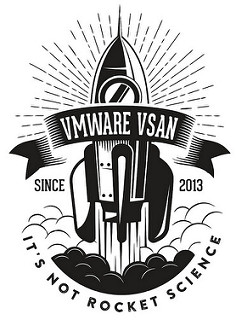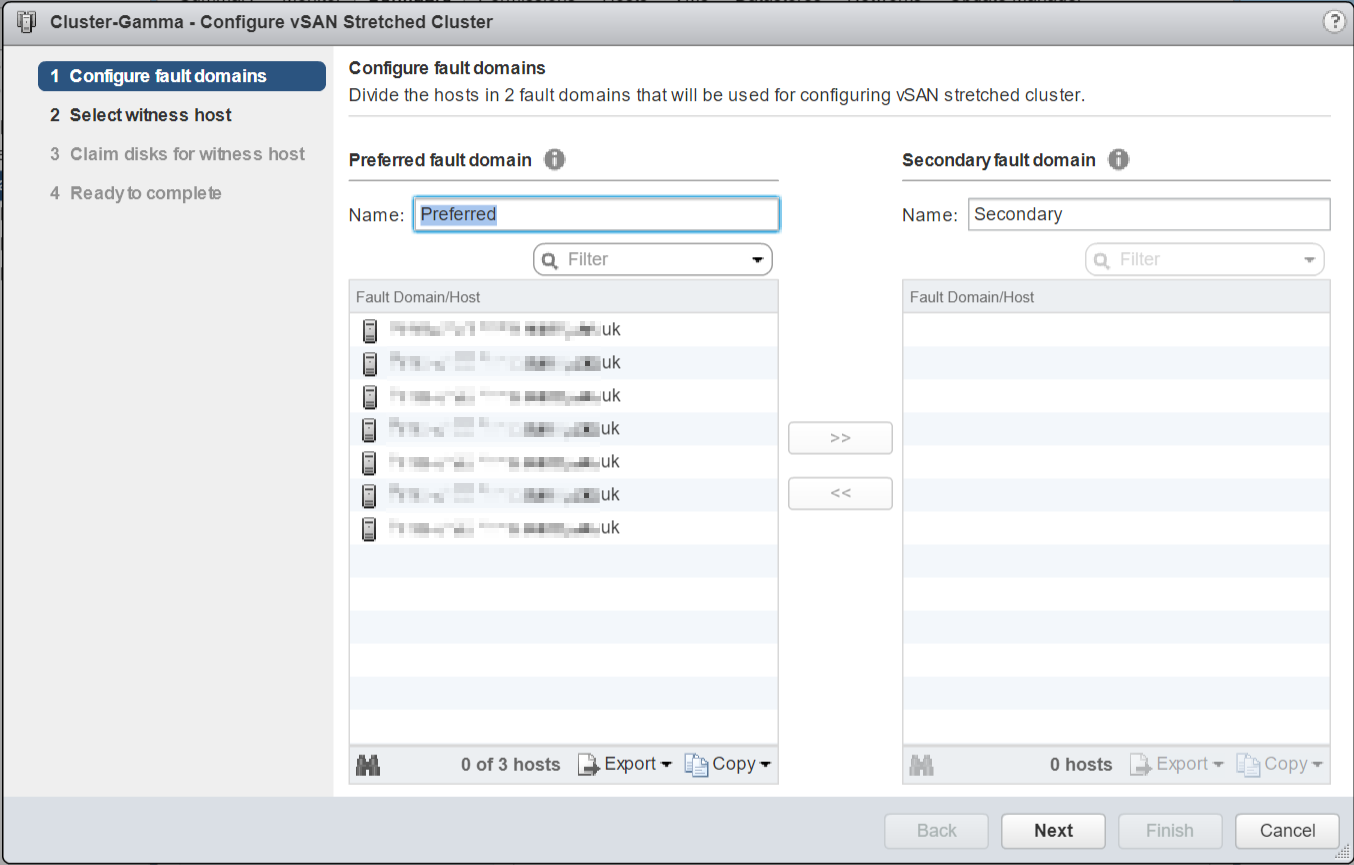vSAN Editions
There are three major editions* of vSAN 6.6 available - “Standard”, “Advanced”, and “Enterprise”- so other than price what’s the difference between the three?
*aside from the “vSAN for Desktop” and “vSAN for ROBO” lines which address specific use cases- look out for later posts focusing on these.
Standard
Standard is the base offering and, like it’s more expensive cousins, is licensed per socket the same way that vSphere is- so a dual-socket host needs two licenses for vSphere and two licenses for vSAN. This edition gives you all the core features of the VMware software-defined storage platform; distributing VM storage across the converged hosts, supporting iSCSI access for non-virtualised workloads, and using Storage Policy-Based management to name a few.
Advanced

However, the Advanced edition provides major features which may tip the balance in the favour of the all-flash design when choosing a hardware platform, namely Erasure Coding, Deduplication, and Compression.
Deduplication (storing matching blocks of data only once), compression (using an algorithm to compress data), and erasure coding (basically arranging the data in a similar way to a RAID5/6 model but across hosts) are all features which can be used to reduce the amount of physical disk consumed by the data. Less space consumed = lower disk requirements = lower costs. More detailed information on vSAN Space Efficiency can be found in the VMware docs.
As these three technologies can squash more data into your disk, they can provide more capacity for your spend and potentially offset the higher cost of SSD per gigabyte over HDD and the higher vSAN licensing price (Advanced is retailing at $1500 per socket more than Standard at time of writing). In the right circumstances it’s possible to design a higher capacity, better performing platform using the Advanced Edition+All-Flash route for the same cost of the Standard Edition+Hybrid design.
As with any data reduction technology, results can vary depending on workload. The VMware product page quotes savings of “up to” 7x from the deduplication and compression- in reality I’m seeing 2.5x in my own mixed server environment, but I’d expect VDI deployments to see higher figures. In my opinion All-Flash is the way forward and once you’ve made that decision then vSAN Advanced Edition wins over Standard in pretty much every situation.
Enterprise
The Enterprise edition takes the price up higher another $1500 per socket (list price) at time of writing but adds Stretched Cluster with Local Failure Protection and Data-at-Rest Encryption.
The Encryption feature applies to whole vSAN cluster so everything stored on that datastore will be encrypted at rest. This allows dedupe and compression still to work, features that don’t provide any capacity benefits when using the alternative vSphere encryption. vSAN Encryption is configured using the same KMS service as vSphere- so a third-party Key Management Service is required, and you will want a non-encrypted (or alternatively encrypted) datastore/ cluster to host that on. As the encryption is a software offering expensive self-encrypting drives are not required.

The Stretched Cluster functionality allows a vSAN cluster to be designed to span across multiple datacentres and tolerate failure of an entire site. By using a witness host the cluster can detect the loss of a datacentre (or connectivity to it) and ensure that the storage is available using the alternative site. VMware High Availability ensures that any VMs which were running in the failed datacentre are powered on on the surviving site.
Summary
TL;DR.
There are three editions of regular vSAN- Standard, Advanced, and Enterprise. If you want to use a Stretched vSAN Cluster or vSAN Encryption then you need the Enterprise edition. If you don’t expect to use either of these (perhaps vSphere Encryption covers any encryption requirements) and have an all-flash hardware configuration then it makes sense to go with Advanced Edition. And finally, if you have a Hybrid hardware config then go with Standard Edition (or upgrade your spinning disks to flash).